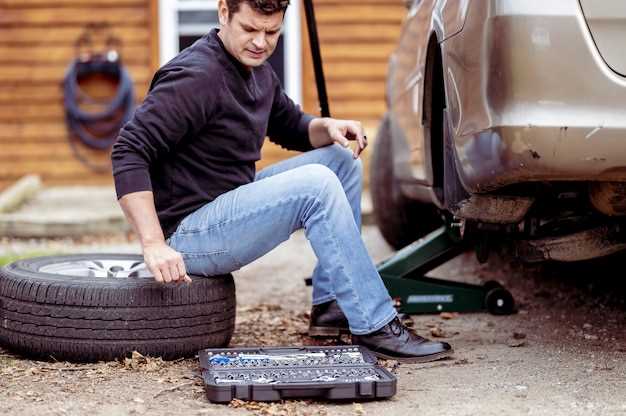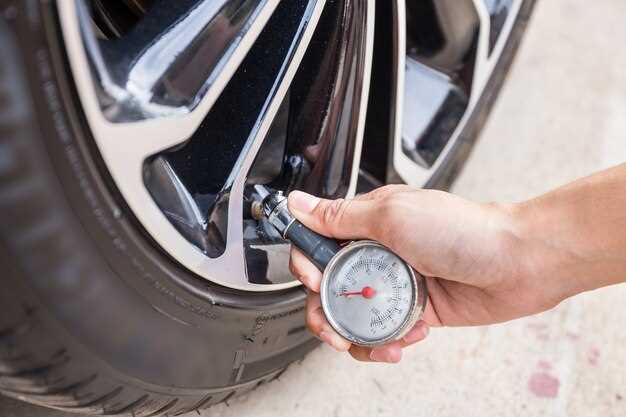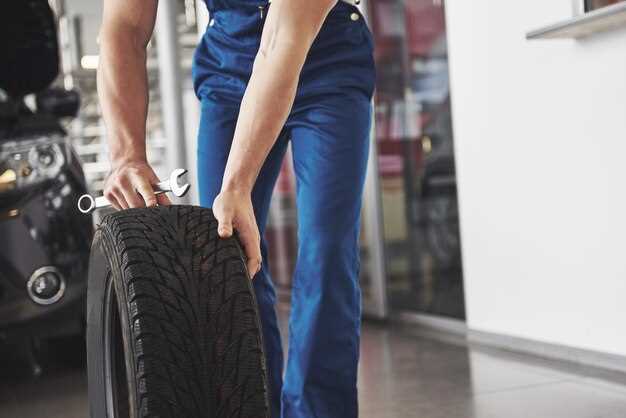
Ensuring the safety of your vehicle largely depends on the condition of your tires. Proper tire maintenance, including regular checks of tread depth and air pressure, plays a crucial role in maximizing safety on the road. Tires that are well-maintained provide better traction, control, and braking performance, reducing the risk of accidents caused by tire failure or loss of grip.
Accurate measurement of tire tread depth helps you determine whether your tires are worn out or still capable of delivering optimal performance. Additionally, maintaining the correct air pressure is essential for ensuring even tire wear, improving fuel efficiency, and enhancing overall driving comfort. In this guide, we will walk you through the simple yet vital steps to effectively check your tire tread depth and air pressure, empowering you to take charge of your vehicle’s performance and safety.
How to Measure Tire Tread Depth Accurately
Measuring the tread depth of your tires is crucial for ensuring safe driving conditions. Worn tires can lead to reduced traction, especially in wet conditions, increasing the risk of accidents. To measure tire tread depth accurately, follow these steps:
1. Gather the Necessary Tools: You will need a tread depth gauge, which can be purchased at an auto parts store, or you can use a simple coin for a basic measurement.
2. Locate the Tread Wear Indicators: Most tires are designed with small indicators, typically in the grooves, which indicate when the tread has worn to a level that requires replacement. This is a key reference point when measuring depth.
3. Insert the Tread Depth Gauge: Place the probe of the tread depth gauge into one of the tire’s grooves. Ensure that the base of the gauge is resting against the tire’s surface for an accurate reading. Read the measurement on the gauge to determine the tread depth.
4. Use the Coin Method: If you don’t have a tread depth gauge, a quarter or penny can serve as an alternative. Insert the coin into the tread groove with Lincoln’s head facing down. If you can see the top of Lincoln’s head, your tread depth is likely less than 2/32 inches, indicating that you should consider replacing your tires.
5. Check Multiple Grooves: For a reliable measurement, check the tread depth in several grooves around the tire and at different positions, including the outer, center, and inner sections. This will help you identify any uneven wear patterns that may require attention.
6. Record Your Measurements: Keep a log of your measurements for future reference. Regular monitoring of tire tread depth can help extend the life of your tires and enhance your vehicle’s performance.
7. Consult a Professional: If you’re unsure about the tread depth or notice uneven wear, it may be wise to seek advice from a tire professional or mechanic. They can provide additional insights and help you make informed decisions about tire replacement.
Best Practices for Maintaining Tire Air Pressure

Maintaining proper tire air pressure is crucial for ensuring safety, enhancing fuel efficiency, and extending the lifespan of your tires. Regularly checking and adjusting tire pressure should be a routine part of vehicle maintenance.
First, check your tire pressure at least once a month and before long trips. Use a reliable tire pressure gauge to get an accurate reading. Remember that tire pressure can fluctuate with temperature changes; it typically drops in cold weather and rises in warm weather.
Refer to your vehicle’s owner manual or the sticker located on the driver’s side door jamb to find the recommended tire pressure for your specific vehicle. Keep in mind that this value is usually measured in PSI (pounds per square inch).
Inspect your tires when they are cold, as driving can heat them up, leading to inflated readings. If you need to adjust the pressure, do so gradually and recheck until you reach the recommended level.
In addition to maintaining air pressure, regularly inspect your tires for signs of wear or damage, such as bulges, cracks, or uneven tread wear. These issues can affect air retention and overall performance.
Lastly, always ensure that your spare tire is properly inflated as well. Unexpected flat tires can occur, and having a well-maintained spare can save you from stressful situations on the road.
Identifying Signs of Tire Wear and Safety Risks

Inspecting your tires regularly is essential for ensuring vehicle safety and optimal performance. One of the first signs of tire wear is uneven tread wear, which can occur due to misalignment, improper inflation, or suspension issues. Check for more pronounced wear on one side of the tire, indicating potential alignment problems.
Another critical sign is the tread depth. Tires should exhibit a minimum tread depth for effective traction, especially in wet conditions. Using the penny test is a simple way to gauge this; insert a penny into the tread groove. If you can see all of Lincoln’s head, your tires are too worn and need replacement.
Cracks and bulges in the sidewall can also indicate significant deterioration. These imperfections make tires susceptible to blowouts and should not be ignored. Pay attention to any vibrations or noises during driving, as they may signal an underlying issue with your tires.
Additionally, monitoring tire pressure is crucial. Underinflated or overinflated tires can lead to poor handling, increased tire wear, and a higher risk of blowouts. Always check the manufacturer’s recommended pressure and adjust accordingly.
Finally, if you notice any strange smells or excessive heat emanating from the tires, it could signify serious problems that require immediate attention. Regular checks and awareness of these signs can greatly reduce safety risks associated with tire wear.






